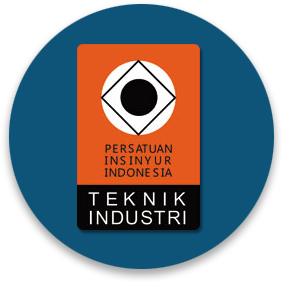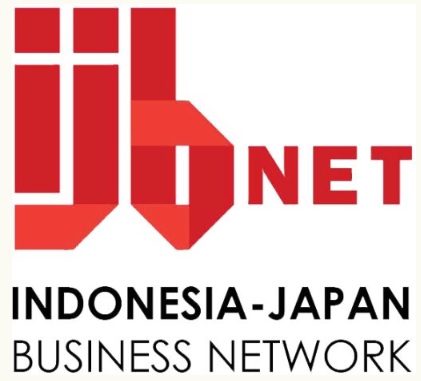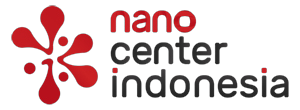Implementasi Kaizen Dalam Proses Pasokan Instrumen Panel Upper dan Lower Pada Bagian Operasional Logistik PT. XYZ
Abstract
Kaizen which means continuous improvement, firstly introduced by Masaaki Imai and carried out in several Japanese companies. Currently kaizen has been widely adopted by several other companies to reduce the waste that occurs. This waste can result in unnecessary costs and reduced profitability of a company. PT. XYZ is a Japanese company that has consistently implemented Kaizen to improve several production processes. Kaizen is a must in every process line in the company. In the second quarter of 2019 the company has increased production takt time to 2.0 resulting in an increase in supply of materials by 11%. However, this was not matched by readiness from the logistics of the panel instrument material supplier. This resulted in a waste of the process on the panel instrument supply line to the production process namely the transit area from the supplier to the assembly process line. It is expected that with the existence of kaizen, waste in the transit area can be eliminated along with the increase in takt time and the amount of future production. Plan Do Check Action (PDCA) cycle is a stage used by companies in controlling and managing a standard operational process. . Improvements are focused on how to make the transit area can be removed. After the kaizen was conducted, the results of calculations carried out by the Logistics team found savings in logistics operational costs of around Rp. 160,000,000 per year.
Keywords
Full Text:
PDFReferences
A. Khan. (2011). KAIZEN: the Japanese strategy for continuous improvement. VSRD International Journal of Business & Management Research, vol. 1: 177-184
A. N. M. Rose et al.. (2013). Lean Manufacturing Practices Implementation in Malaysian's SME Automotive Component Industry. Applied Mechanics and Materials, (315): 686- 690
Abdulmouti, H. (2018). Benefits of Kaizen to Business Excellence: Evidence from a Case Study. Industrial Engineering & Management. 07(02): 1-15
Antonowicz M., (2014). Logistic innovations in transport. LogForum 10 (1): 21-30.
Arief Fatkhurrohman, Subawa. (2016). Penerapan kaizen dalam meningkatkan efisiensi dan kualitas produk pada bagian Banbury PT Bridgestone Tire Indonesia. Jurnal Administrasi Kantor 4(1): 14-31.
Bwemelo, & Gordian. (2014). KAIZEN as a Strategy for Improving SSMEs’ Performance: Assessing its Acceptability and Feasibility in Tanzania. European Journal of Business and Management Online, 6(35):2222–2839.
Cane, S. (1998). Kaizen Strategies for Winning through People. Batam:Penerbit Interaksara Darmawan, H., Hasibuan, S., & Hardi
Purba, H. (2018). Application of Kaizen Concept with
Steps PDCA to Reduce in Line Defect at Pasting Process: A Case Study in Automotive Battery. International Journal of Advances in Scientific Research and Engineering, 4(8): 97–107.
Ferdiansyah H. (2012). Usulan Rencana Perbaikan Kualitas Produk Penyangga Duduk Jok Sepeda Motor Dengan Pendekatan Metode Kaizen (5W+1H) Di PT EKA PRASARANA. Artikel Teknologi Industri Universitas Gunadarma. No. 30402505.
Gorenflo, G. dan Moran, J.W. (2009). The ABCs of PDCA. Minnesota: Accreditation Coalition.
Jakubiec, M., & Brodnicka, E. (2016). Kaizen concept in the process of a quality improvement in the company. Przedsiębiorstwo We Współczesnej Gospodarce – Teoria i Praktyka, 16(1): 89–101
Jayakumar, K. (2015). Kaizen Costing – A Management Technique. International Journal of Business and Management Invention. 4(9), 1–5
Kherbach, O., & Mocan, M. L. (2016). The Importance of Logistics and Supply Chain Management in the Enhancement of Romanian SMEs. Procedia - Social and Behavioral Sciences, (221):405–413
Kumar, R. (2019). Kaizen a tool for continuous quality improvement in Indian manufacturing organization. International Journal of Mathematical, Engineering and Management Sciences, 4(2):452–459
Liker, K. J., & Meier, D. (2006). The Toyota Way Fieldbook A Practical Guide for Implementing Toyota’s 4Ps. Mc Graw-Hill: New York
Mahmod, R., Mashahadi, F., & Amirah, N. (2017). The influence of lean six sigma and Kaizen to reduce defect products in automotive industry. Journal of Emerging Economies & Islamic Research, 5(4), 81–90.
Ngadono Teguh Sri. (2018). Penerapan Kaizen Pada Line Trimming Untuk Meningkatkan Jumlah Produksi Kaca Pengaman. Operations Excellence, 10(2): 197-208
Paramita PD. (2012). Penerapan Kaizen Dalam Perusahaan. Jurnal Manajemen, : 1-11.
Patel, P. M., & Deshpande, V. A. (2017). Application Of Plan-Do-Check-Act Cycle For Quality And Productivity Improvement - A Review. International Journal for Research in Applied Science & Engineering Technology (IJRASET), 5(I): 197–201.
Prosic, S. (2011). Kaizen Management Philosophy. Dalam International Symposium Engineering Management And Competitiveness: 173-178
Shimokawa, K. and T. Fujimoto. (2010). The Birth of Lean. New York: Lean Enterprise Institute, Inc.
Smalley A, Isao K. (2011). Toyota Kaizen Methods. Jakarta: Gradien Mediatama.
Stefanic, N., Tosanovic, N., & Hegedic, M. (2012). Kaizen workshop as an important element of continuous improvement process. International Journal of Industrial Engineering and Management. 3(2): 93–98.
Sundana, S. dan Hartono. (2014). Penerapan Konsep Kaizen Dalam Upaya Menurunkan Cacat Appearance Unit Xenia-Avanza Proses Painting Di PT. Astra Daihatsu Motor. Prosiding Seminar Nasional Sains dan Teknologi. Jakarta: Fakultas Teknik, Universitas Muhammadiyah Jakarta.
Refbacks
- There are currently no refbacks.
Copyright (c) 2020 Prosiding Seminar Nasional Mercu Buana Conference on Industrial Engineering

This work is licensed under a Creative Commons Attribution-ShareAlike 4.0 International License.
Journal ISSN:
| e-ISSN | |
| 2988-4284 |
Tim Editorial Office
Proceeding Mercu Buana Conference on Industrial Engineering
Program Studi Magister Teknik Industri Universitas Mercu Buana
Jl. Raya Meruya Selatan No. 1 Kembangan Jakarta Barat
Email: [[email protected]]
Website: https://publikasi.mercubuana.ac.id/index.php/mbcie/
The Journal is Indexed and Journal List Title by:
in Collaboration with:








